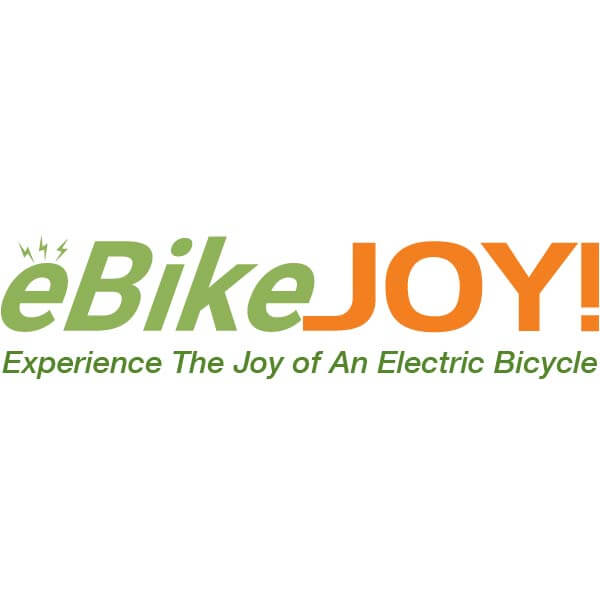
Courtesy of Slate Magazine - Christina Bonnington
Electric bikes are a rising star in the alternative-transportation space. They’ve been garnering headlines and making headway into our cities. E-bikes offer the convenience and nimbleness of a traditional pedal-powered bicycle, but, thanks to an integrated motor, help avoid the sweaty aftermath of a bike trip and get you to your destination faster.
Auto-related deaths in the U.S. topped 40,000 last year, a number that lawmakers are calling “a public health crisis that should not be tolerated.” Global carbon emissions also hit a record high last year, underscoring the need for greener alternative transportation methods.
Tech companies are trying to address the problem—Uber and Lyft have both heavily invested in strategies to reduce car ownership, and startups such as Bird are (somewhat controversially) urging commuters to opt for scooters for their urban jaunts. Uber even recently acquired e-bike company Jump so that users have a pedal-based option for trips too short for an Uber but inconveniently long to walk. But Uber’s not alone in appreciating the value that electric bikes could have in society.
E-bikes could revolutionize the transportation landscape, particularly across traffic-heavy urban centers. Bike manufacturers also promote e-bikes for their ability to level the playing field, helping injured, elderly, or otherwise slower riders keep up with faster friends and family. E-bikes are bringing mobility, joy, and convenience to a growing cohort of riders. It’s a difficult market to track, but eCycleElectric Consultants estimates that 34 million e-bikes were sold globally in 2017, and a new survey from the National Institute for Transportation and Communities shows that of those who’ve purchased e-bikes, 91 percent ride them daily or weekly
There is a glaring issue in the rise of e-bikes on our roads and trails, however. You wouldn’t give a 700-horsepower roadster to an inexperienced teen driver. In many cases, we risk doing the equivalent with e-bikes. We’re putting powerful vehicles capable of hitting speeds upward of 25 or 30 miles per hour in the hands of riders who don’t have the experience to operate them safely.
There’s typically a learning curve to bike riding. You start out slow, speedwise, and learn the rules of the road as you go—things like which direction to ride in the bike lane and what hand signals to use and when to use them. You eventually learn habits like keeping your eyes up the road, which lets you constantly scan for obstacles that may impede your way.
As you ride more, you also learn how to handle different situations: what to do when a car or fellow cyclist cuts you off, and how to safely avoid glass shards and potholes. Over time, you tend to get faster, as do your reaction times and instincts for handling such situations.
By strapping an inexperienced rider into a motor-powered bike, we’re leapfrogging that learning curve. They may not necessarily know how to shift their weight back to emergency brake in order to avoid a collision without flipping over the front handlebars, for example. When danger presents itself, their reaction speeds may not even be fast enough to hit the brakes in time. These issues may be compounded when motorists aren’t expecting a bike to be traveling at such high speeds. One Dutch study found that 6 percent of reported crashes on normal bikes send the rider to intensive care while a full 20 percent of e-bike accidents send the rider to the ICU. On top of those safety concerns, there’s also an etiquette that’s lost. Among good cyclists, there are rules to follow on both the road and the trail. On mixed-use pathways, pedestrians have the right of way—and when passing, you should slow and give them space. And when you’re passing other riders, you should ring a bell or call out, “On your left!” so as not to surprise them.
When you buy a bike, no one tells you these things—there’s no driver’s ed for cyclists. A good bike shop may give you some pointers, but typically these rules are learned by following the examples of other good riders over time. If you’re on an e-bike zooming along an uphill trail, chances are you’re not going to lay off the gas each time you have to pass someone. Chances are you’re also traveling at a faster speed than the average cyclist, a combination that could be dangerous and draw you serious ire from other trail users.
One solution to this problem is a change in roadway infrastructure: If we’re already preparing our roads for autonomous vehicles, perhaps motorized bikes and scooters should be factored into the equation too, with dedicated lanes, routes, or expected behaviors. Some bike routes could also benefit from an enforced speed limit—applicable to assisted and nonassisted steeds alike. (This is already the case in some areas, such as the San Francisco Bay Trail and Marin County bike paths and mixed-use trails.) But perhaps it’s also time we consider requiring a rider-certification program for users of motorized vehicles—particularly those, like electric scooters and e-bikes, that often share bike lanes and sidewalks with pedestrians.
Riders need to be aware of the inherent dangers they may be susceptible to, how best to mitigate those situations, and, just as importantly, how to interact with other riders and pedestrians in a safe, predictable manner. E-bikes shouldn’t be a nuisance or a safety threat to our roads, sidewalks, and trails, but some education may be necessary. Perhaps people wouldn’t be so critical of dockless bikes on sidewalks if their riders weren’t also riding like jerks.



1 comment
Thanks for such helpful content on how E-bikes are safe on road .This blog is so useful .